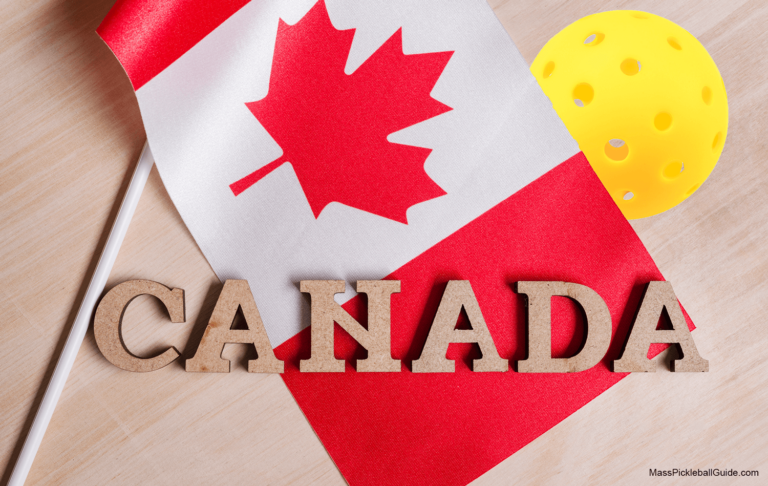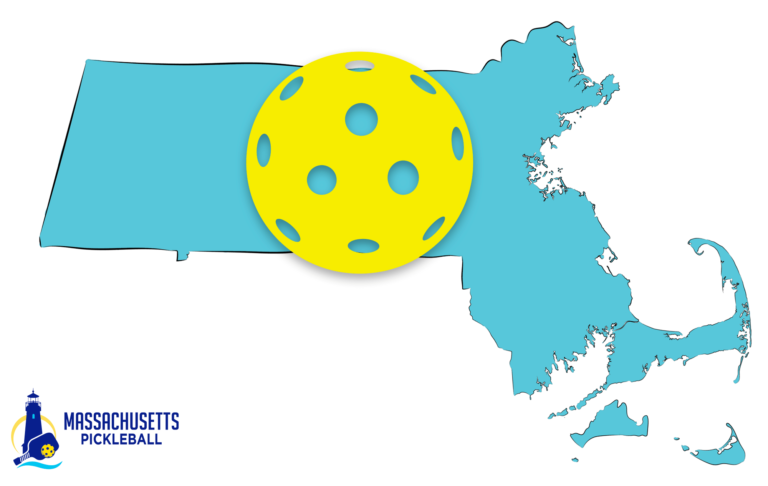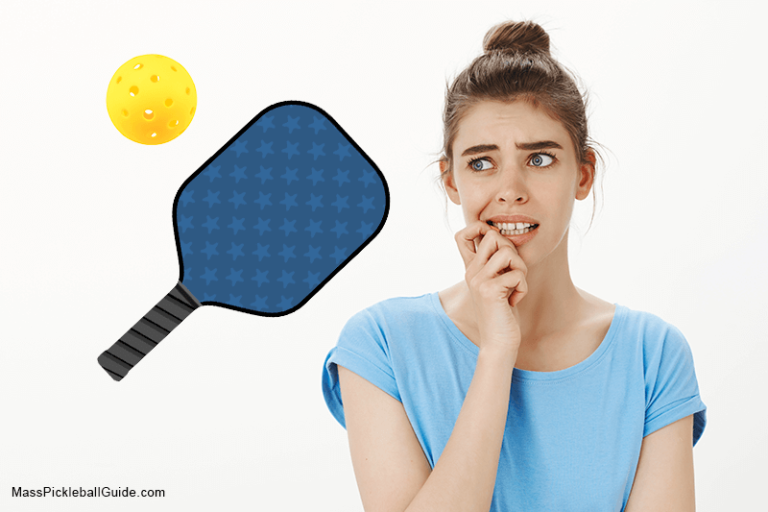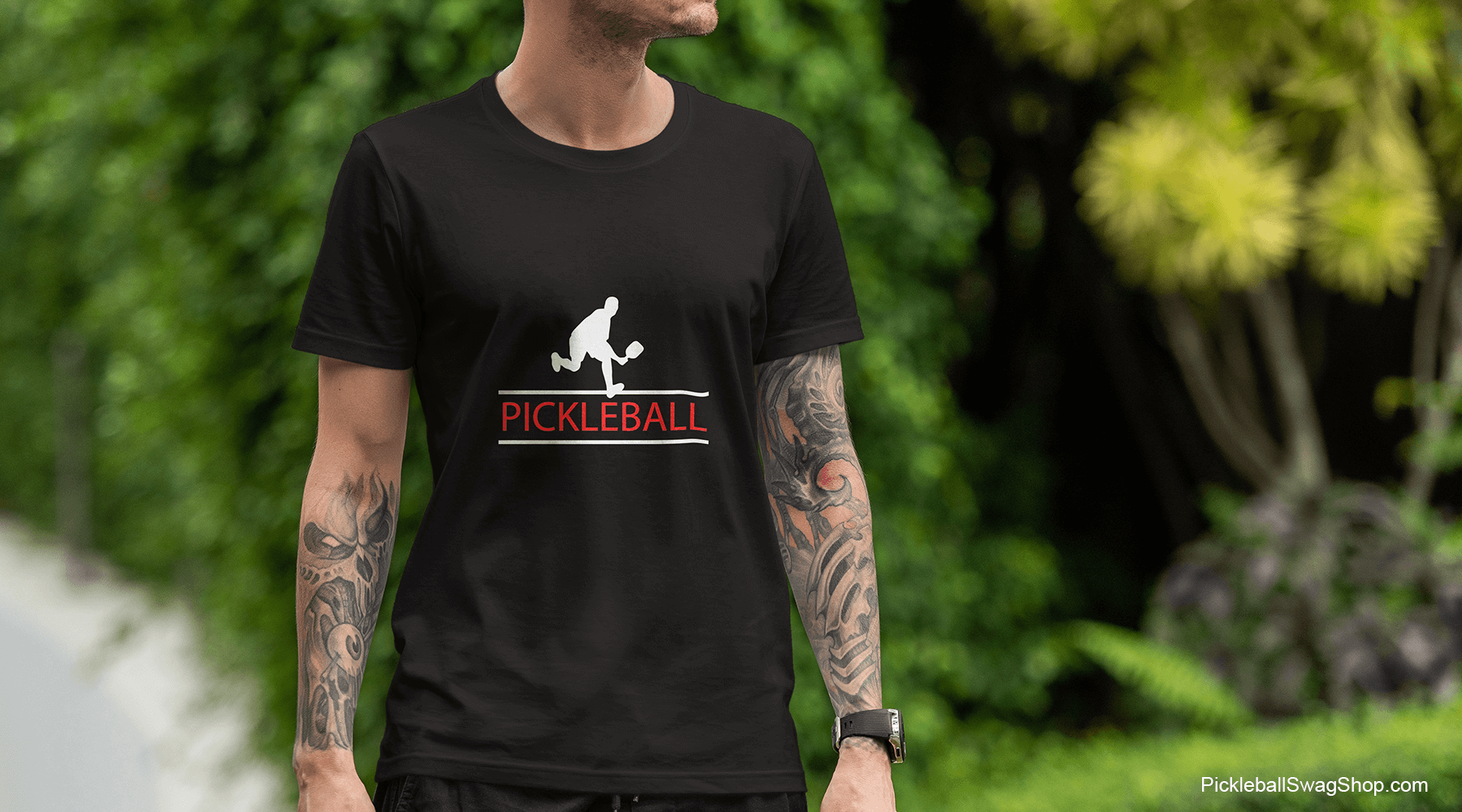Pickleball noise: game-changing strategies for quieter games
is it all “perception”?
Pickleball, as exhilarating as it can be, has a key sticking point – the noise. The unique ‘pop’ sound made when the ball strikes the paddle can be surprisingly loud (which can be subjective). This may cause issues within communities, particularly in densely populated residential areas.
The simple questions such as “Why is pickleball so loud?” or “How far away can you hear pickleball?” open a broad discussion on sound physics, human perception, and the ongoing innovations in pickleball equipment and court planning. This game is here to stay and there are solutions to reducing pickleball noise.
In this detailed exploration, we will discuss:
Why is pickleball loud?
Pickleball is perceived as loud mainly due to the unique interaction between the ball and the paddle. When the lightweight, perforated plastic ball strikes the solid surface of the pickleball paddle, it creates a distinctive “popping” sound. This sound tends to be higher pitched than other sports sounds, such as the lower “thud” of a tennis ball hitting a racket, for instance.
This pitch difference plays a significant role in how we perceive the loudness of pickleball. The key is in how we PERCEIVE the loudness… humans are naturally more sensitive to higher-pitched noises, so they can find them more intrusive or annoying than lower-pitched sounds at the same decibel level.
The frequency and repetition of the popping sound during an active pickleball game can contribute to the PERCEPTION of the sport being loud. With each serve, volley, and dink, a new sound is generated, leading to a continuous echo of popping noises that can carry over a significant distance.
And on top of that…
The surroundings of the pickleball court can also contribute to the loudness. For example, sound can bounce off hard surfaces such as buildings or concrete walls, amplifying the perceived volume. Conversely, in an open or green space, sound can disperse more readily, potentially reducing the perceived loudness.
Sport Your Spirit: Pickleball Noise Apparel
Embrace the lighter side of pickleball with our whimsical t-shirt collection, specifically designed to humorously target the noise detractors of our beloved sport! Each shirt expresses the collective joy of the pickleball community, gently poking fun at those who find its characteristic sound bothersome.
How far away can you hear pickleball?
This depends on several factors such as the type of equipment used, environmental conditions (e.g., wind, rain, humidity, etc.) and surrounding structures. On average, the sound of a pickleball being hit can be clearly heard up to about 100-200 feet away. Beyond this range, the sound’s intensity decreases due to the dispersion of sound waves over distance.
But remember that the noise (any noise) can travel further in open spaces and be amplified if it’s bouncing off hard surfaces such as buildings. In contrast, barriers such as vegetation, hills, and specially designed noise barriers can absorb or deflect the sound, reducing the distance it carries.
The perception and impact of pickleball noise
Humans find high-pitched sounds more bothersome than lower-pitched ones, even if the decibel levels are identical. Take, for example, the comparison of a high-pitched beep to a low-pitched rumble. The beep, although not louder, is likely to cause more irritation.
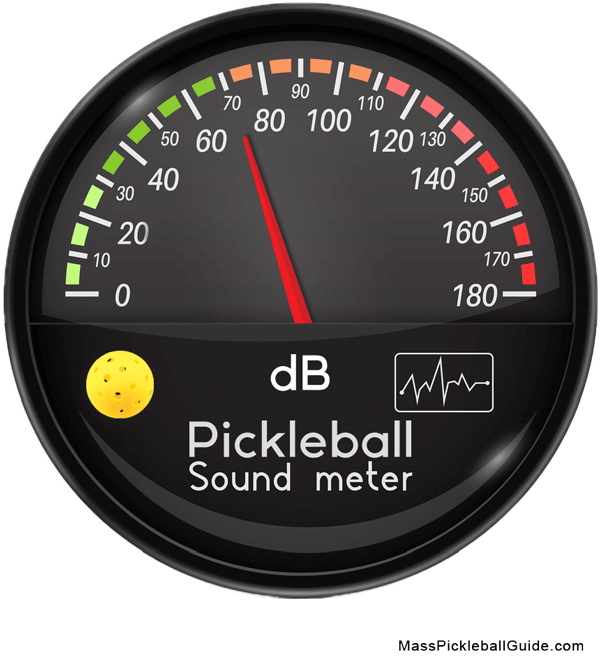
Pickleball creates a high-pitched sound, and frequent strikes can register about 70 dBa from 100 feet away, making it potentially disruptive for neighbors used to quieter ambient noise. Prolonged exposure to sound levels above 80 dBa can lead to hearing damage, according to Occupational Safety and Health Association (OSHA) standards.
See: pickleball noise vs. tennis noise
Making pickleball quieter: the role of equipment
As the question of “How do you make pickleballs quieter?” arises, we turn to the continuous evolution of pickleball technology. Quieter paddles and foam pickleball balls, classified as Green Zone equipment, are increasingly available and can help reduce noise by as much as 10 decibels. This reduction equates to a perceived halving of the sound level. However, acceptance of such gear within the pickleball community may vary, given players’ individual preferences.
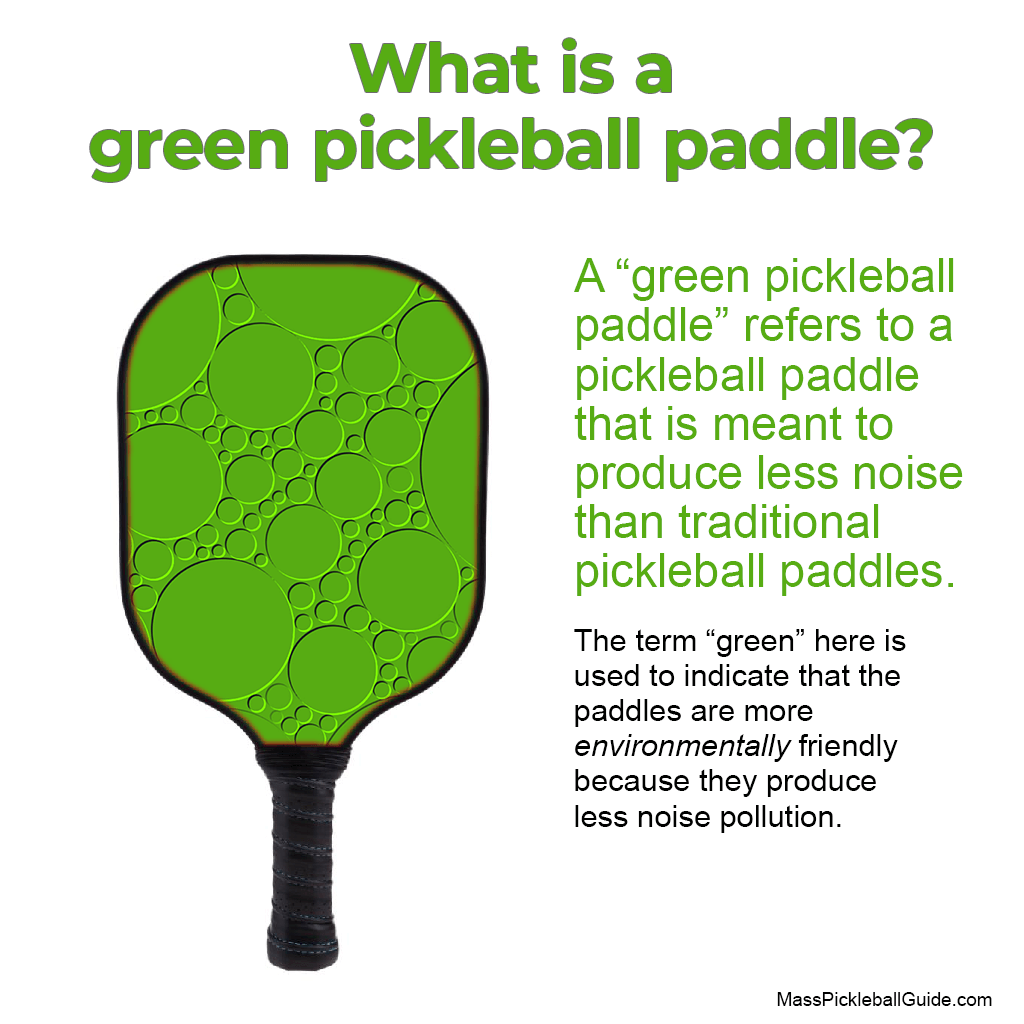
Court planning and noise reduction strategies
The placement of pickleball courts plays a significant role in mitigating noise disruption. Courts that see high usage should be situated at a reasonable distance from residences. As distance increases, sound levels drop – doubling the distance can reduce noise by 6 decibels. Adding physical barriers like Acoustifence or sound blankets made by eNoise Control can also help.
For instance, a 10-ft high wall can reduce the noise by another 10 decibels. While reflecting barriers are cost-effective, they can bounce noise back towards the court or other residences. Absorbing barriers, although more expensive, can be a better choice in certain circumstances. Restricting the hours of play is another strategy to reduce potential complaints.
Addressing noise complaints
In responding to noise complaints, sound level predictions and understanding of local ordinances become critical. Some regulations might have specific decibel limits, while others might state that repetitive noise should not be “annoying”. Creating a balance between pickleball enthusiasm and neighborhood peace might be challenging but is indeed achievable with careful planning.
You’re not asking, but we’ll tell you anyway:
Get any and all permits to either build a pickleball court from scratch or convert tennis courts to pickleball courts. Too many times a town will slap with you a stop work order if you have not done all your due diligence on the required permits for a pickleball court.
See: City officials to relocate Sellwood pickleball courts after noise complaints
They could care less if you have already poured the cement and will stripe it next week. They will shut you down before you can say Rumplestiltskin; you could be out tens of thousands of dollars.
What have we really learned?
The volume of pickleball noise can vary significantly based on several factors, such as distance, use of specialized equipment, and the sound barriers. Here’s a quick breakdown of what you can expect:
- Within 100 feet of courts with no sound reduction efforts, pickleball sound levels tend to hover around 70 dBa, akin to the noise from freeway traffic.
- At 200 feet away, accounting for the 6 dB drop for doubling the distance, the sound intensity drops to about 64 dBa, which is still louder than a typical conversation.
- Pushing the boundary to 400 feet, the noise decreases further to around 58 dBa, quieter than regular conversation levels.
These pickleball sound levels can be significantly reduced. By choosing quieter brands of paddles and balls based on sound testing, you can lower the noise to below 50 dBa, often falling below the local background level at distances of 400 feet.
And on top of that…
Another effective strategy for noise reduction is the use of barriers. A 10 ft. high barrier can drop the sound to below 40 dBa, quieter than the typical noise level in a library. Even at closer proximities, like 100 feet, the combined effect of using quieter equipment and sound barriers can achieve an acceptable sound level of about 52 dBa in many neighborhoods.



